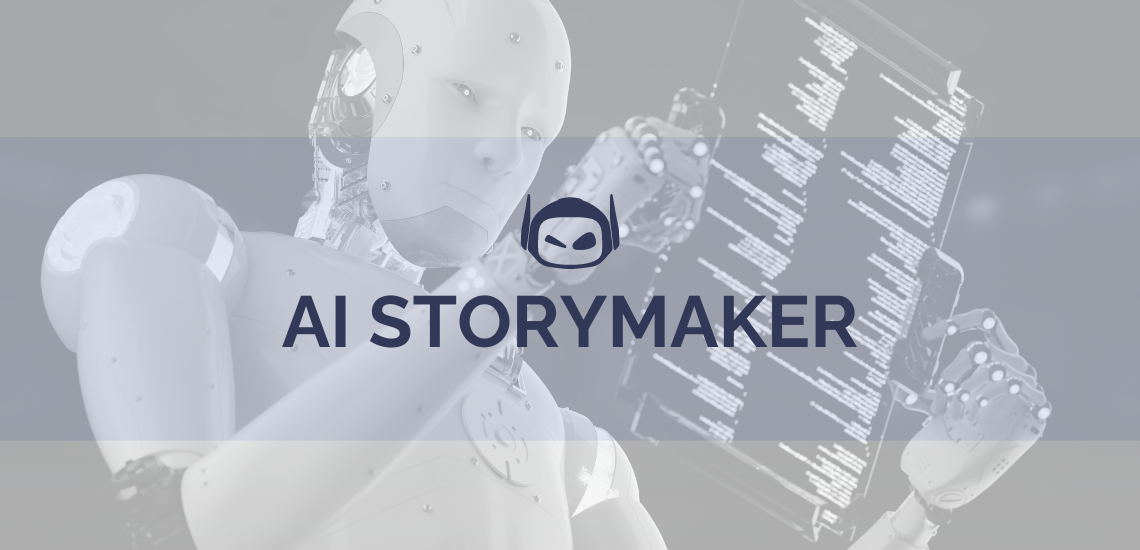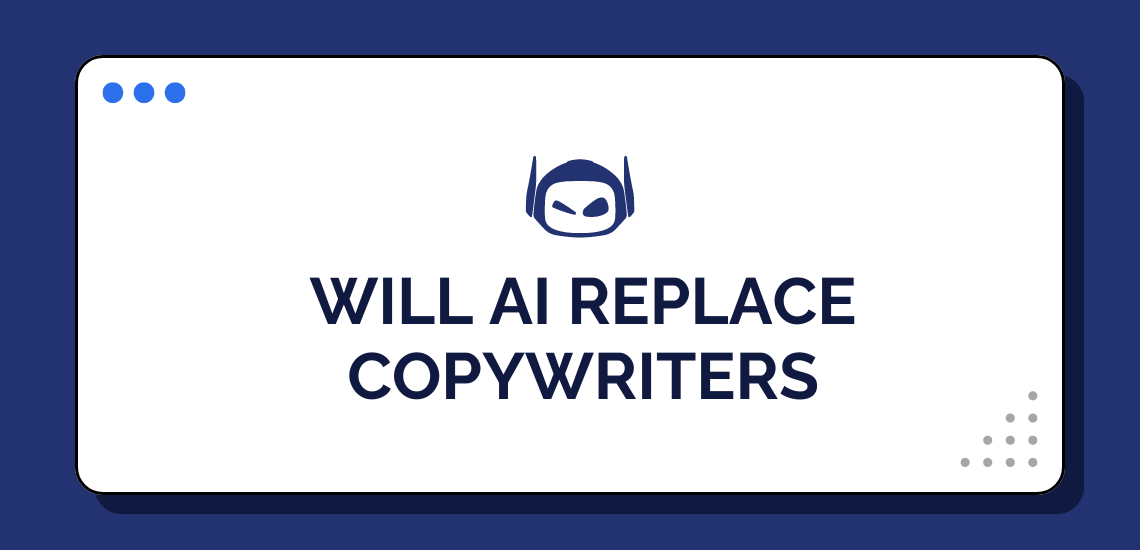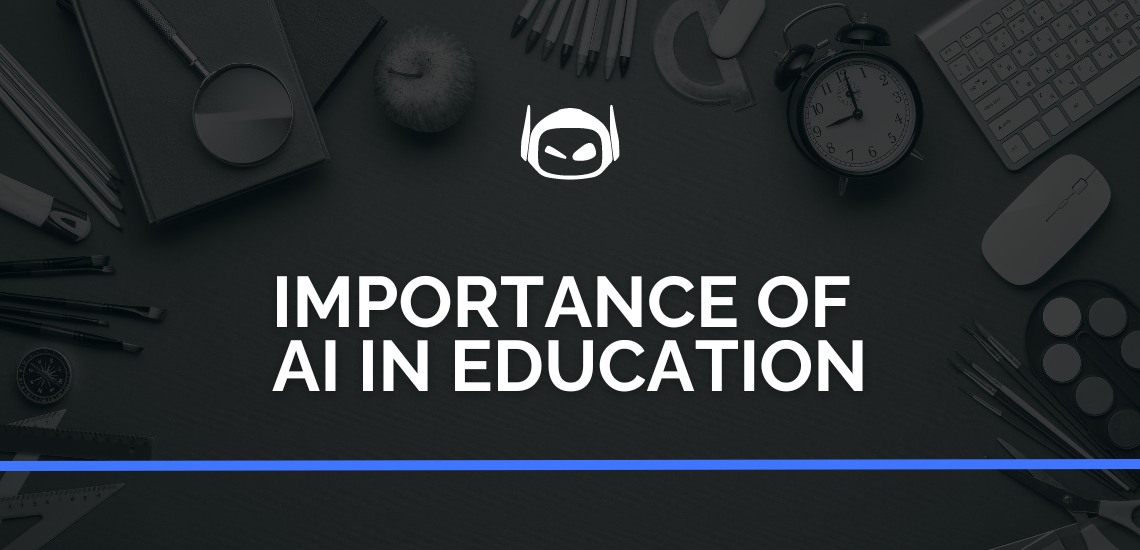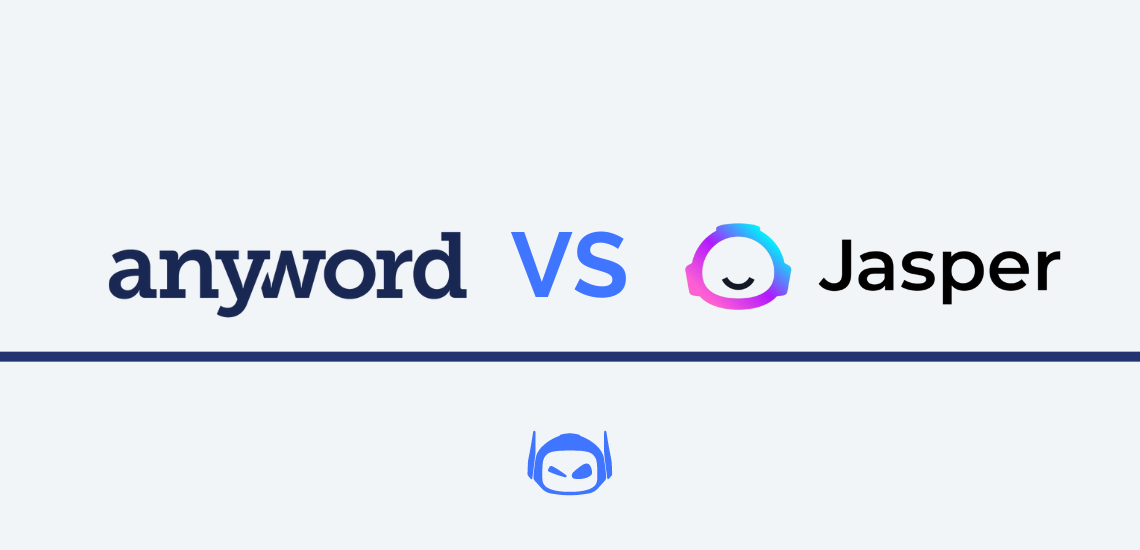
General Guide About Content and Writing
An AI storymaker is a useful tool that can assist...

AI copywriting tools are used by millions worldwide. Some copywriters...

General Guide About Content and Writing
AI in EdTech is advancing at a rapid pace, and...

General Guide About Content and Writing
The importance of AI in education is growing as the...

Do you want to know what is grounding in AI...

General Guide About Content and Writing
Want to compare Copysmith vs Jasper, but are unsure of...

Content creation is easier than ever when using an AI...

General Guide About Content and Writing
Citation machines are gold dust for any academic or student...

General Guide About Content and Writing
We are now in the era of modernization, where Artificial...

When it comes to choosing the best AI writing tool...